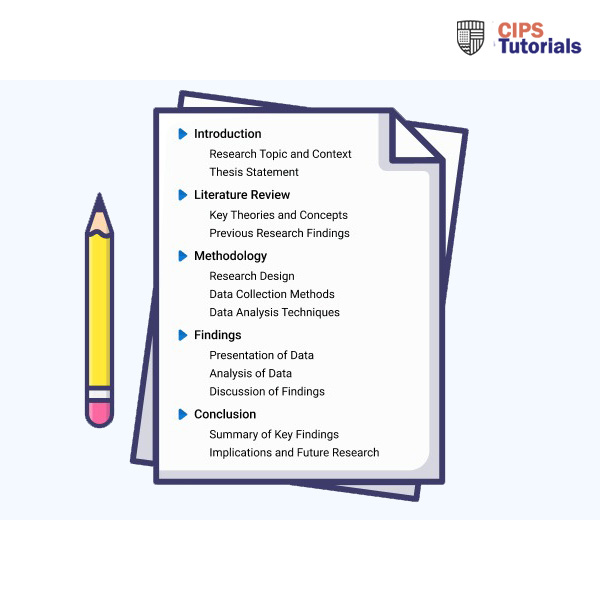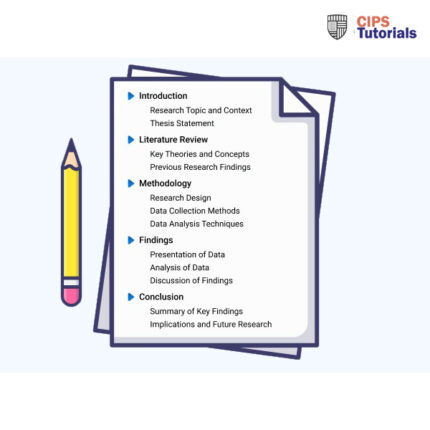-50%
Solution
Table of Contents
1.1 ROSHN Organisation Background. 3
2.2 Procurement / commercial function. 3
Overview of Vendor Management Team & Commercial Function. 4
4.0 Application of Sourcing Approaches in ROSHN Context 8
5.0 Category analysis applied to the sourcing approach. 9
5.3 Procurement Cycle – Steps 4-9 & Stakeholders Weightings. 11
6.0 Supplier appraisal checklist. 12
6.1 Facilities management Spend Supplier Evaluation. 12
7.0 Conclusion and Recommendations. 14
Figure 1:Summary of ROSHN’S Strategic Goals 4
Figure 2:Porter’s Five Framework. 6
Figure 4:ROSHN Kraljic Matrix Analysis. 10
Figure 5:Using 10C’s Technique in Supplier Appraisal 14
1.0 Introduction
1.1 ROSHN Organisation Background
ROSHN is a prominent real estate development company based in Saudi Arabia that is dedicated to transforming the housing landscape in the Kingdom. Established as part of the Public Investment Fund (PIF), ROSHN aims to address the growing demand for high-quality, affordable housing while contributing to the broader goals of Saudi Vision 2030 (ROSHN, n.d). This ambitious national initiative seeks to diversify the economy, reduce dependency on oil, and enhance the quality of life for Saudi citizens. ROSHN’S strategic goals are summarised in Figure 1 below:
Figure 1:Summary of ROSHN’S Strategic Goals
One of the critical aspects of ROSHN’s strategy is its commitment to community building. The company designs its projects to include various amenities and services, such as schools, healthcare facilities, retail centres, and recreational areas. This holistic approach ensures that residents can access everything they need within their communities, promoting a sense of belonging and enhancing their overall quality of life (ROSHN, n.d). ROSHN’s approach to procurement and supplier management is integral to its success. The company employs a strategic sourcing framework that emphasises quality, cost-effectiveness, and sustainability.
2.2 Procurement / commercial function
The procurement and commercial functions at ROSHN are essential for the organisation’s strategic objectives, as they guarantee that products and services are acquired in a cost-effective, efficient, and consistent manner that aligns with the company’s overarching objectives. This function is divided into two interrelated teams: The Commercial and Vendor Relationship Management (VRM) Team.
Overview of Vendor Relationship Management (VRM) Team & Commercial Function
Vendor Relationship Management (VRM) Team: The VRM team at ROSHN manages supplier relationships and ensures that the organisation can access the best possible suppliers. This team conducts extensive market research to identify potential suppliers and evaluates them based on various criteria, including quality, cost, reliability, and sustainability.
Key Responsibilities
- Conducts thorough market research to identify potential suppliers and assess the competitive landscape. The team uses tools like Porter’s Five Forces and PESTLE analysis to evaluate market dynamics, possible risks, and opportunities to make informed sourcing decisions.
- Manages the Pre-Qualification Questionnaire (PQQ) process to screen potential suppliers. This involves verifying compliance with legal, financial, and technical requirements before adding them to the Approved Supplier List (ASL).
- Continuously monitors supplier performance through key performance indicators (KPIs) and regular audits.
- Identifying and mitigating risks associated with supplier performance and market volatility is critical. The VRM develops contingency plans to address potential disruptions in the supply chain.
Commercial Team
The commercial function at ROSHN is responsible for negotiating contracts, managing procurement budgets, and ensuring compliance with procurement policies and regulations.
Key Responsibilities
- Leads negotiations with suppliers to secure favourable terms and conditions. This includes pricing, delivery schedules, and service level agreements (SLAs) that protect ROSHN’s interests.
- Establishing framework agreements with key suppliers, ensuring consistency, cost savings, and long-term partnerships.
- Develop and execute procurement plans that align with ROSHN’s project timelines and budgets.
- The Commercial Team uses various cost management techniques to ensure that procurement activities remain within budget and deliver maximum value.
Supply Chain Function: The supply chain function encompasses VRM, local content management, and the handling of framework and master agreements. This team ensures that the supply chain is efficient and resilient, capable of meeting the company’s needs in a timely and cost-effective manner.
The VRM conducts market research using strategic tools such as Porter’s Five Forces and PESTLE analysis. These tools help the team understand the competitive landscape, identify potential risks and opportunities, develop mitigation strategies, and capitalise on opportunities. Suppose the VRM focuses primarily on compliance tasks such as pre-qualification questionnaires (PQQ) and supplier registration. In that case, it is recommended that they expand their scope to include these strategic analyses.
Porter’s Five Forces: This framework helps the VRM assess the competitive forces in the market, including the bargaining power of suppliers and buyers, the threat of new entrants, the threat of substitute products or services, and the intensity of competitive rivalry, as shown in figure 2 below:
Figure 2:Porter’s Five Framework
Source: CIPS (2022)
The VRM can develop strategies to enhance ROSHN’s competitive position by understanding these forces.
PESTLE Analysis: This tool helps the VRM analyse the external macro-environmental factors that could impact ROSHN’s procurement activities. These factors include Political, Economic, Social, Technological, Legal, and Environmental influences, as shown in Figure 3 below:
Source: Battista (2024)
By considering these factors, the VRM can anticipate changes in the market and adjust its strategies accordingly.
Procurement Cycle
The procurement cycle at ROSHN involves several key steps, with responsibilities shared between the commercial function and the VRM:
Identifying Needs: The commercial function works with internal stakeholders to identify procurement needs and develop specifications for the required goods or services.
Market Research: The VRM conducts market research to identify potential suppliers and assess their capabilities.
Supplier Selection: The VRM evaluates potential suppliers using quality, cost, reliability, and sustainability (CIPS, 2021).
Contract Negotiation: The commercial function negotiates contracts with selected suppliers, ensuring that terms and conditions are favourable to ROSHN.
Contract Award: The commercial function awards contracts to the selected suppliers and completes all necessary documentation.
Order Placement: The commercial function places orders with the suppliers and monitors the delivery of goods and services.
Supplier Performance Management: The VRM monitors supplier performance, ensuring suppliers meet their contractual obligations and deliver high-quality goods and services.
Payment Processing: The commercial function processes payments to suppliers, ensuring that invoices are accurate and payments are made on time (CIPS, 2021).
Review and Feedback: The VRM and commercial function review the procurement process and supplier performance, providing feedback to suppliers and identifying areas for improvement.
3.0 MAIN BODY
3.1 Sourcing approaches
3.1.1 Sole Sourcing
Please click the following to access this assessment in full

